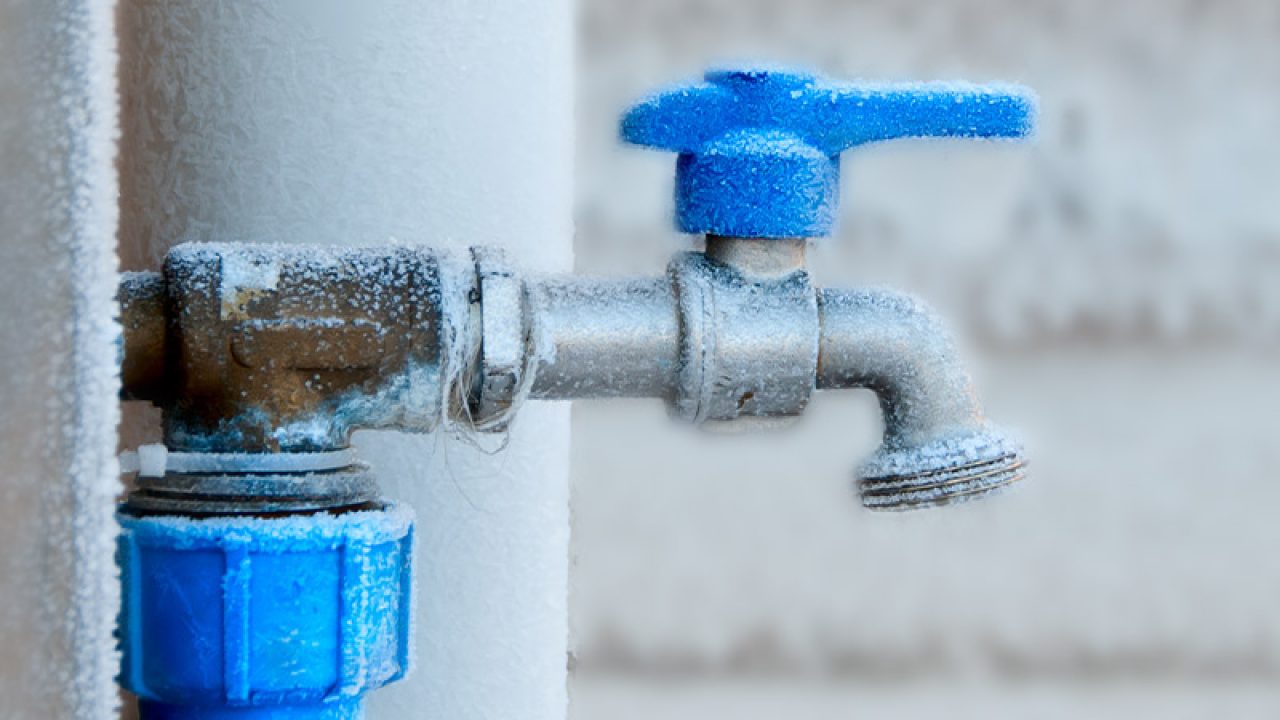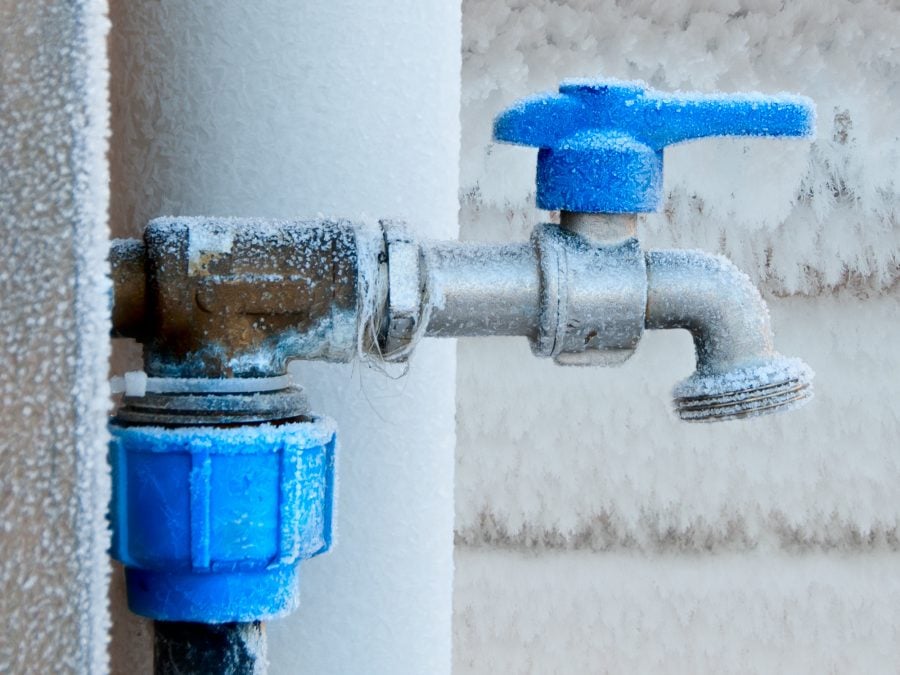Shielding Your Pipes from Freezing Issues: Critical Tips
Shielding Your Pipes from Freezing Issues: Critical Tips
Blog Article
Any individual is bound to have his or her own perception in relation to Preventing and dealing with frozen pipes.

Cold weather can damage your pipes, especially by freezing pipelines. Below's just how to prevent it from occurring and what to do if it does.
Intro
As temperatures decrease, the risk of icy pipelines boosts, potentially resulting in costly fixings and water damage. Comprehending how to avoid icy pipelines is critical for home owners in chilly environments.
Understanding Icy Pipelines
What creates pipelines to ice up?
Pipes freeze when subjected to temperature levels below 32 ° F (0 ° C) for expanded durations. As water inside the pipes ices up, it increases, putting pressure on the pipeline wall surfaces and possibly causing them to burst.
Threats and problems
Icy pipes can result in water system disturbances, residential or commercial property damages, and pricey repair services. Ruptured pipes can flooding homes and create substantial structural damages.
Signs of Frozen Pipes
Identifying frozen pipes early can avoid them from bursting.
How to determine icy pipes
Try to find lowered water circulation from taps, unusual odors or noises from pipes, and visible frost on revealed pipelines.
Avoidance Tips
Insulating susceptible pipes
Wrap pipelines in insulation sleeves or make use of warm tape to shield them from freezing temperatures. Focus on pipelines in unheated or outside areas of the home.
Home heating methods
Maintain interior rooms sufficiently heated, specifically areas with plumbing. Open closet doors to allow warm air to distribute around pipelines under sinks.
Protecting Outdoor Plumbing
Garden pipes and outdoor faucets
Detach and drain pipes yard pipes prior to wintertime. Mount frost-proof faucets or cover outside taps with protected caps.
What to Do If Your Pipes Freeze
Immediate actions to take
If you suspect frozen pipelines, maintain taps available to eliminate stress as the ice thaws. Make use of a hairdryer or towels soaked in hot water to thaw pipelines gradually.
Long-Term Solutions
Structural changes
Take into consideration rerouting pipelines away from outside walls or unheated areas. Include additional insulation to attics, cellars, and crawl spaces.
Upgrading insulation
Buy high-grade insulation for pipes, attic rooms, and walls. Correct insulation aids maintain regular temperature levels and minimizes the threat of icy pipelines.
Final thought
Preventing frozen pipes requires positive measures and quick actions. By recognizing the reasons, signs, and preventive measures, property owners can shield their plumbing throughout winter.
5 Ways to Prevent Frozen Pipes
Drain Outdoor Faucets and Disconnect Hoses
First, close the shut-off valve that controls the flow of water in the pipe to your outdoor faucet. Then, head outside to disconnect and drain your hose and open the outdoor faucet to allow the water to completely drain out of the line. Turn off the faucet when done. Finally, head back to the shut-off valve and drain the remaining water inside the pipe into a bucket or container. Additionally, if you have a home irrigation system, you should consider hiring an expert to clear the system of water each year.
Insulate Pipes
One of the best and most cost-effective methods for preventing frozen water pipes is to wrap your pipes with insulation. This is especially important for areas in your home that aren’t exposed to heat, such as an attic. We suggest using foam sleeves, which can typically be found at your local hardware store.
Keep Heat Running at 65
Your pipes are located inside your walls, and the temperature there is much colder than the rest of the house. To prevent your pipes from freezing, The Insurance Information Institute suggests that you keep your home heated to at least 65 degrees, even when traveling. You may want to invest in smart devices that can keep an eye on the temperature in your home while you’re away.
Leave Water Dripping
Moving water — even a small trickle — can prevent ice from forming inside your pipes. When freezing temps are imminent, start a drip of water from all faucets that serve exposed pipes. Leaving a few faucets running will also help relieve pressure inside the pipes and help prevent a rupture if the water inside freezes.
Open Cupboard Doors
Warm your kitchen and bathroom pipes by opening cupboards and vanities. You should also leave your interior doors ajar to help warm air circulate evenly throughout your home.

We were made aware of that editorial about Helpful Tips to Prevent Frozen Pipes this Winter through a buddy on another site. For those who enjoyed our blog posting plz be sure to share it. Thank-you for your time spent reading it.
Call Us Now Report this page